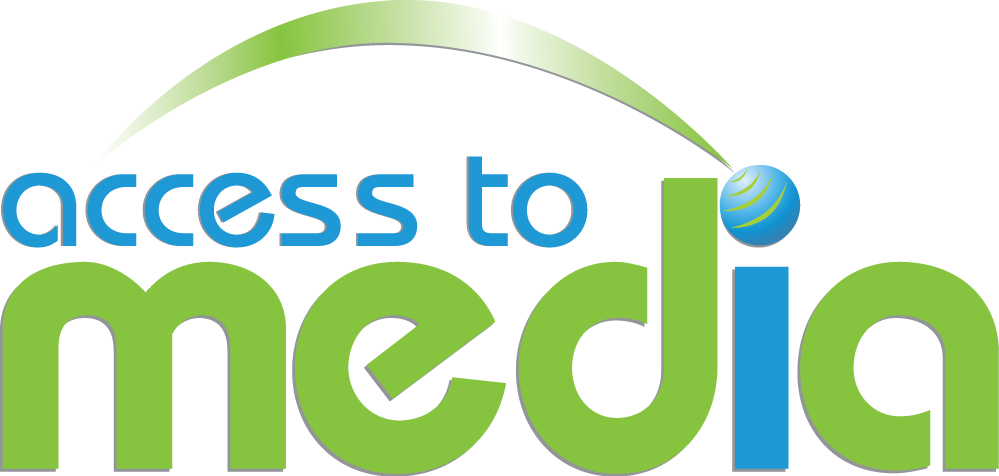
Digital Marketing Trends to Watch
With ad spending expected to overtake pre-pandemic levels in 2023 and the ever-changing scope of technology that affects all things digital marketing, here are 3 trends to look out for and invest in within the next 2 years.
-
Video Advertising is Getting Shorter
Above all, mobile video ad spending in the US is estimated to reach $53.9 billion by 2025, with most of the newfound ad spend expected to go to short-form video ads.
Consumers today have shorter attention spans making long form videos ineffective. Leading to over 25% of adults say they’ll close out a video after only 10 seconds, while more than half say they’ll close it after 20 seconds.
Due to best video tactics found by an analysis:
Instagram videos should be no longer than 30 seconds, Twitter should be limited to 45 seconds, and Facebook videos should stop at 1 minute.
Undoubtedly, as ad specialists we suggest sticking to and perfecting these guidelines as videos are predicted to be going a bit shorter within the next few years.

Searches for “Instagram video” increased 488% over the past 5 years.
Brands have been optimizing ultra-short, but incredibly engaging, ads to beat the “skip” button on YouTube.
Hefty’s six-second “Party Hefty” ad series aimed at brand awareness is a perfect example of an ultra-short but engaging ad.

Hefty’s video marketing campaign was designed to refrain users from clicking the “skip ad” button on YouTube.
While a Wyzowl report from a 2021 survey indicates that nearly 100% of video marketers will continue using video strategies. Over 95% of them plan to maintain or increase their budget for video. With almost 70% of marketers in 2021 who didn’t use video stating they planned to start.

Video is expected to account for a large percentage of advertising dollars in the coming years.
-
AI Assists In Digital Marketing
Without doubt, the artificial intelligence revolution is upon us.
In 2018 the AI industry was measured at $9.5 billion, by 2019 it soared to $27 billion, with an expected growth to over $250 billion by 2027.

Searches for “AI marketing” exploded, with a 400% growth in the past 5 years.
A survey asked digital marketers which single activity they thought would make the largest impact on their business, nearly 13% answered with artificial intelligence. While the no.1 response was content marketing with 20%, marketers see the benefits of using AI alongside content with their marketing strategies.
A stat shows that every week “marketers waste 5 hours and 36 minutes trying to improve their data processes (and fail)”. Artificial intelligence is significantly influencing marketing and advertising in terms of data analysis and efficiency. AI tools help advertisers improve the way they test and optimize impressions, click-through rates, bid levels, and targeting. While humans spend days or weeks doing the same work listed above, AI can see patterns in data and predict what will perform best in just seconds. As one digital marketing professional articulated, “Implemented consistently and to its full extent, AI understands consumers better than they do themselves.”
RedBalloon now averages a 1,100% return on ad spend using AI. They went from spending $45,000 per month on PPC advertising to setting an AI program in place that could test 6,500 variations of a Google text ad every day.

This ecommerce company used AI to help them split test Google ads, & it dramatically improved their ROI.
A digital ad agency, Strike Social focused on machine learning, noticed their AI tools work so efficiently that their media buying teams can manage up to 25x more campaigns than usual for their clients.
-
Consumers Prefer Humanized Digital Marketing
Consumers – especially Gen-Zers and Millennials – are calling for more authentic messaging from brands. Studies show that more than 75% of consumers say they trust content from average people more than content from brands.
Marketing and ad professionals are optimizing social media to create a balance between typical branding and influencer content. This helps put a face behind the brand which not only humanizes the brand but also personalizes it. In 2022, the influencer marketing industry was estimated to be worth approximately $15 billion.

“Influencer marketing” searches have increased 191% in 5 years.
For example, Lenox a dinnerware company, partnered with influencers for their overall strategy to retarget their products to young consumers. They had 32 influencers display Lenox’s dishes in a variety of home-based, but non-traditional, settings. Resulting in nearly 900 link clicks on the campaign and it even surpassed its predicted reach by almost 400%.

Lenox ran a very successful social media campaign that utilized influencers.
Some companies call on dedicated employees to serve in a pseudo-influencer role. This helps them tap into their existing fan base. Roughly 70% of companies are using or plan to use employees as advocates on social media. Content shared by employees has a 561% higher reach than the same content shared through a brand’s official social media channels.

Most marketers are using their employees in brand advocacy roles.
A 2021 report found that 75% of marketers say that adding content from users makes a brand’s message more authentic.
Companies can create ongoing campaigns that involve customers by optimizing hashtags, stories, and partnerships. REI is one company that’s created a loyal customer base that shares their stories on social platforms. On Instagram, #REIchallenge has over 15 thousand posts and #optoutside, another hashtag the company started, has over 18 million posts.
Ultimately
While digital marketing strategies are shifting quickly Access to Media is always ahead of the game on next upcoming trends and how to jump on the wave! We have mastered the top trends driving the advertising industry in 2023 and would love to help your business adjust to the newest social media and AI trends alike. Reach out today for a free consultation from our team!



